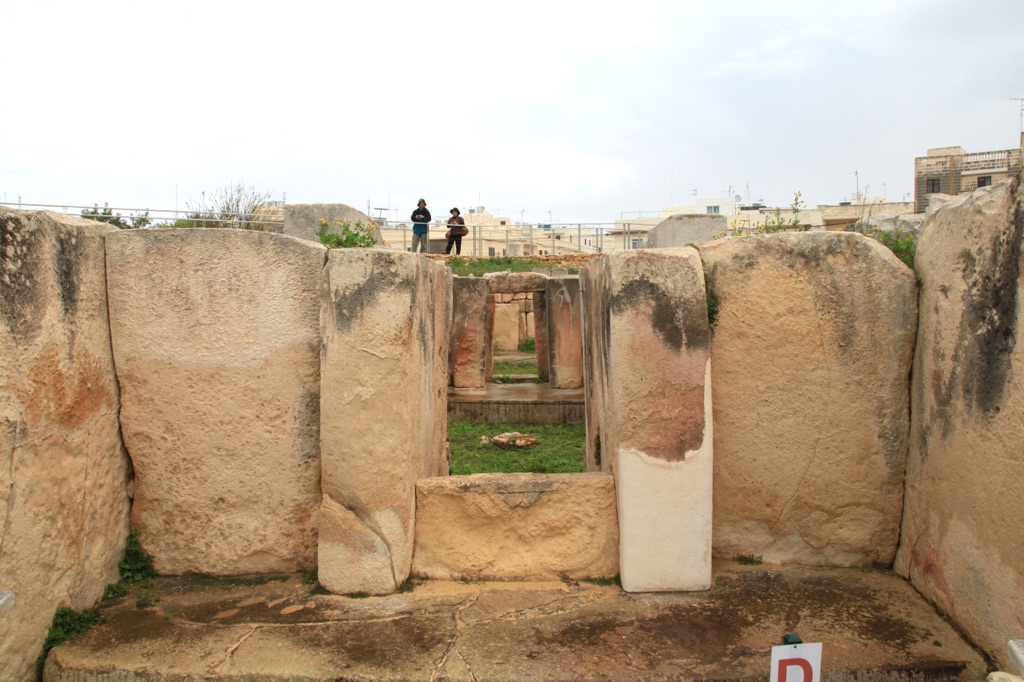The Tarxien Temples, located in Tarxien, Malta, represent a significant archaeological complex that dates back to approximately 3150 BC. These temples were recognized for their historical and cultural importance in 1992 when they were inscribed as a UNESCO World Heritage Site, alongside other Megalithic temples on the island.
Religious Structures

Mnajdra Temples
The Mnajdra temple complex, located on the southern coast of Malta, stands as a testament to the architectural ingenuity and spiritual significance of prehistoric societies. Situated approximately 497 meters from the Ħaġar Qim megalithic complex, Mnajdra offers a unique glimpse into the Neolithic period, dating back to the fourth millennium BC. These temples are recognized by UNESCO as part of the Megalithic Temples of Malta World Heritage Site, highlighting their importance as some of the most ancient religious sites on Earth.
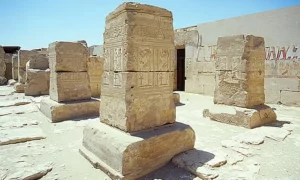
Temple of Ramses II at Abydos
The Temple of Ramses II at Abydos is a significant archaeological site in Egypt. It stands as a testament to the grandeur of ancient Egyptian civilization and the enduring legacy of one of its most powerful pharaohs, Ramses II. This temple, dedicated to the cult of Ramses II, is one of the many monuments that the pharaoh commissioned during his long reign. It is renowned for its intricate wall carvings and the historical insights it provides into ancient Egyptian religion and kingship.
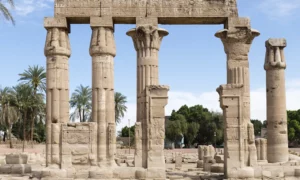
Temple of Montu
The Temple of Montu, dedicated to the falcon-headed god of war Montu, stands as a testament to the religious fervor and architectural grandeur of ancient Egypt. Located in modern-day Armant, near Luxor, this temple complex showcases the evolution of Egyptian temple design and religious practices. It was a significant cult center during the Middle Kingdom and continued to play a vital role throughout the New Kingdom and Greco-Roman periods.
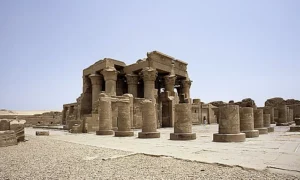
Kom Ombo Temple
The Kom Ombo Temple stands as an architectural marvel on the banks of the Nile River. This double temple, unique in its dual dedication, honors two sets of gods. The southern half venerates the crocodile god Sobek, while the northern half is dedicated to the falcon god Haroeris, also known as Horus the Elder. With its construction dating back to the Ptolemaic dynasty, the temple offers a glimpse into the religious and cultural practices of ancient Egypt. Its walls are adorned with intricate carvings and hieroglyphs that tell tales of mythology and daily life, while also providing insights into medical knowledge and practices of the time.
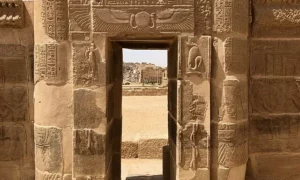
Temple of Hathor (Philae)
The Temple of Hathor, situated on the eastern side of the Temple of Isis within the Philae Temple Complex, represents a significant architectural and religious site. This temple, primarily associated with Ptolemy VI Philometor and Ptolemy VIII Euergetes II, also saw contributions from Augustus and mentions Ptolemy XII in inscriptions. The temple was dedicated to Hathor, embodying the Sun’s Eye, and its origins are deeply rooted in the worship practices that extended back to the earliest Egyptian dynasties. The temple, once enclosed by a mud-brick wall, stands as a testament to the enduring reverence for Hathor, especially highlighting her mythical return from Nubia.

